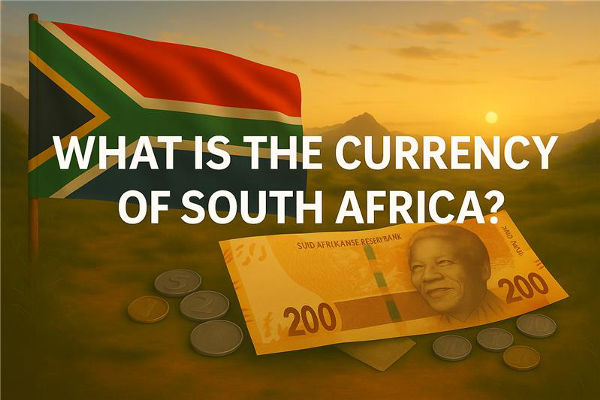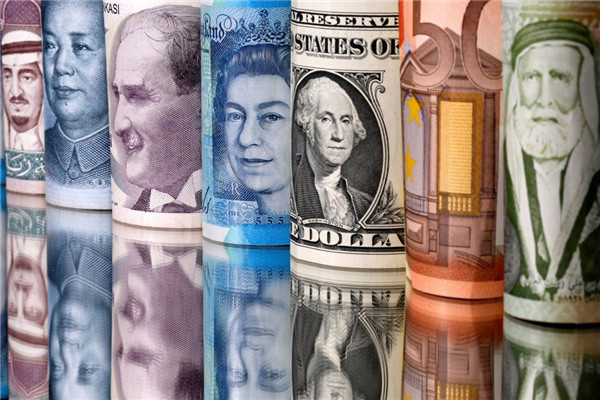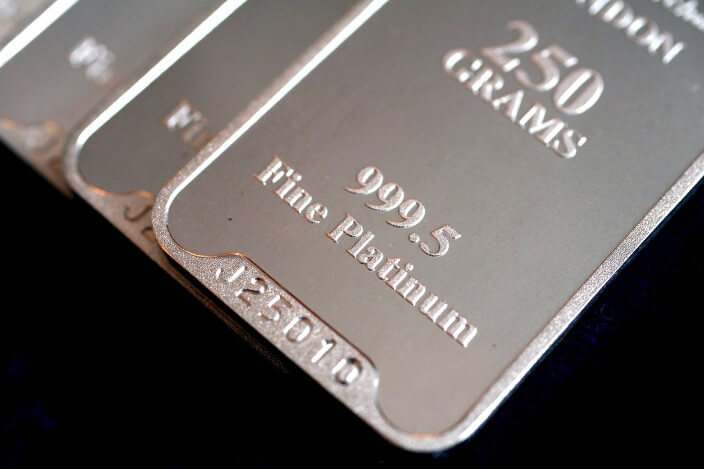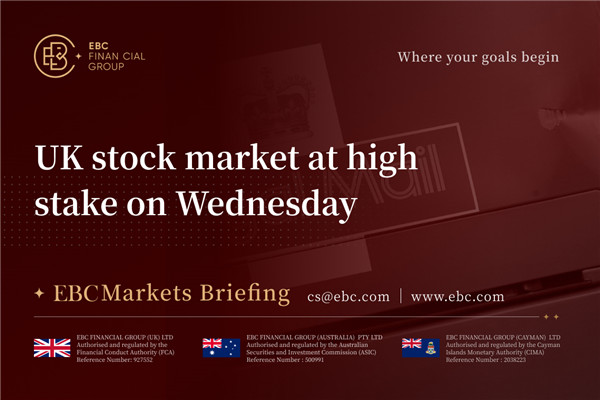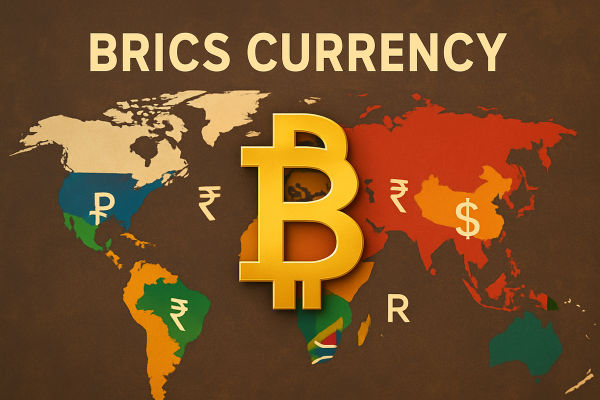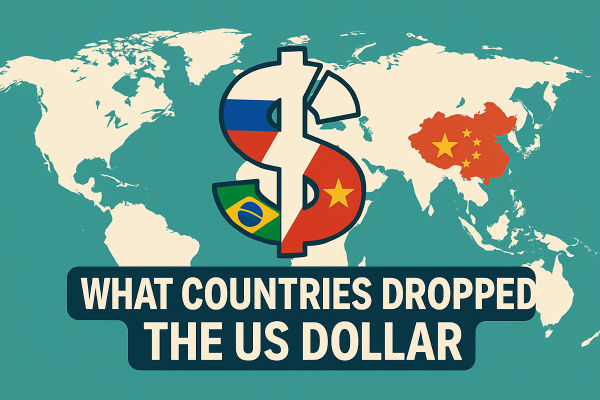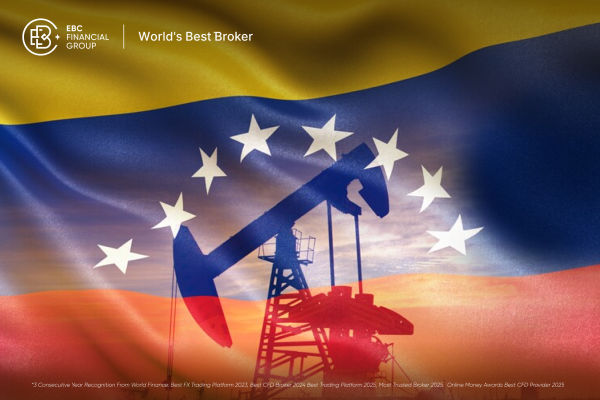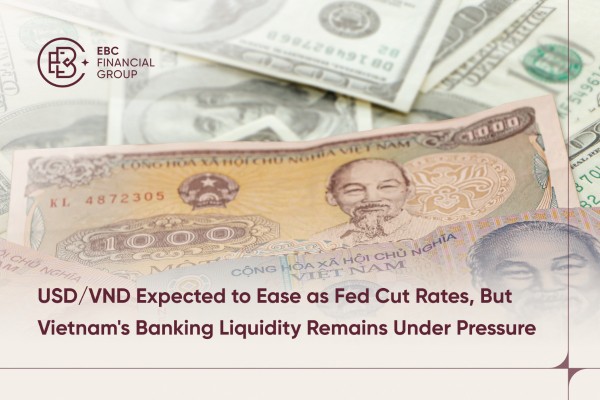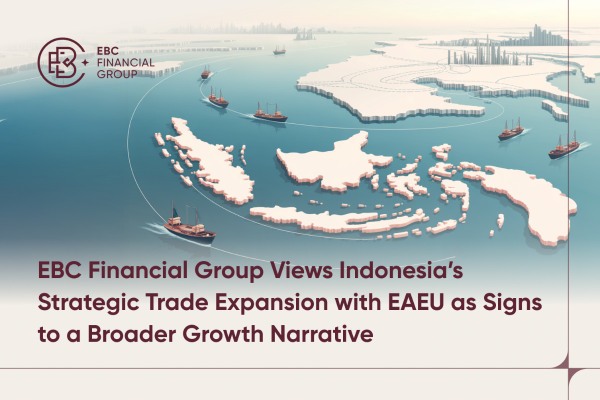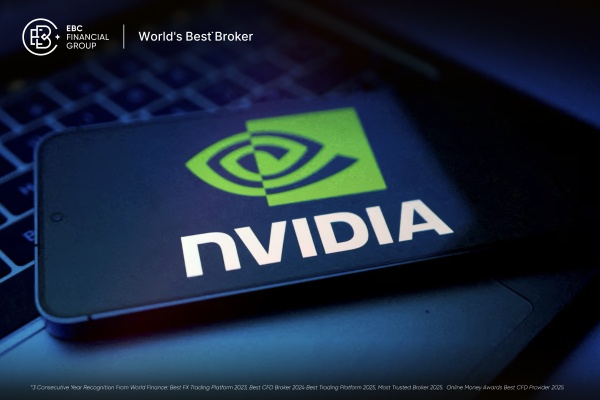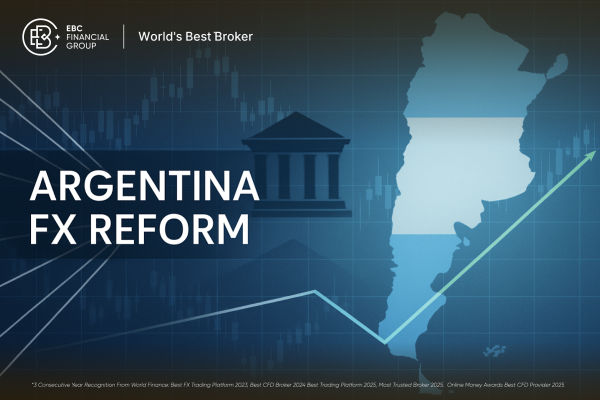South Africa, one of the most economically developed nations in Africa, boasts a rich and dynamic financial landscape. Whether you're an investor or a forex trader keeping an eye on emerging markets, one essential question often arises: What is the currency of South Africa?
This guide dives deep into the South African Rand (ZAR), its history, role in the global economy, and how it's traded.
What Is the Currency of South Africa?
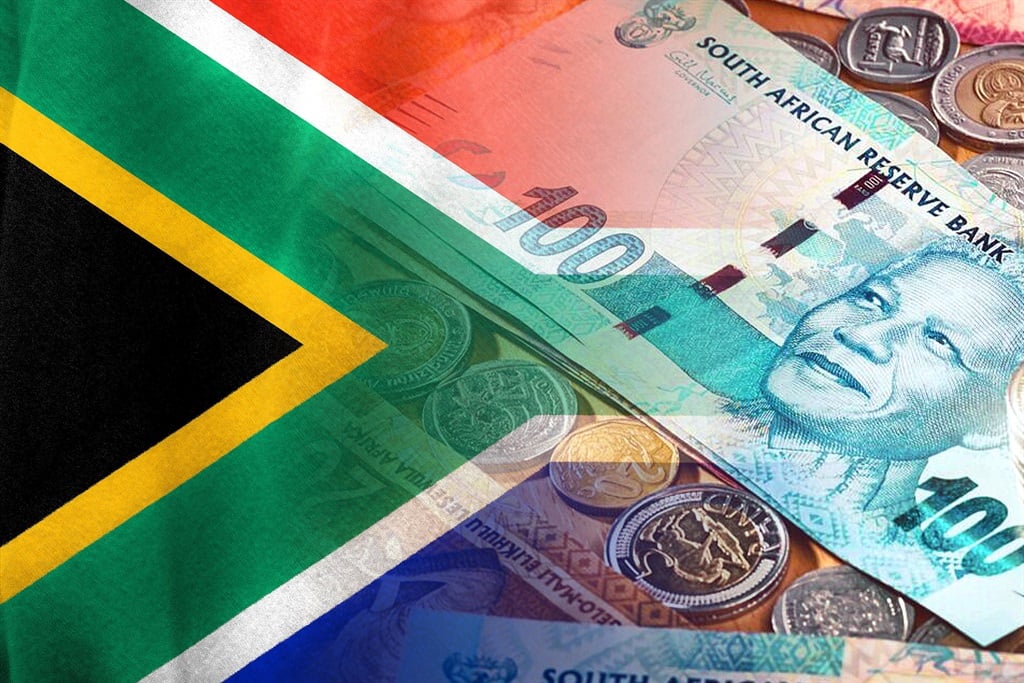
The official currency of South Africa is the Rand, abbreviated as ZAR (from the Dutch "Zuid-Afrikaanse Rand"). The Rand has been in circulation since 1961 and is administered by the South African Reserve Bank (SARB).
In day-to-day transactions, locals use coins and banknotes denominated in rands and cents. The Rand is symbolised by "R," much like the dollar uses "$". For example, 50 rand is written as R50.
As of 2025, the ZAR remains one of the most actively traded currencies among emerging markets, playing a vital role not just within the country but across the Southern African region.
A Brief History of the Currency of South Africa
The Rand was introduced in 1961, replacing the South African pound when the country became a republic. It was originally pegged to the U.S. dollar, but like many other currencies, it moved to a floating exchange rate system in the 1970s.
Over the decades, the Rand's value has seen significant fluctuations, often influenced by:
Global commodity prices (especially gold and platinum)
Domestic political developments
Economic policies of the government
Global risk sentiment toward emerging markets
One of the most notable devaluations occurred in the early 2000s during periods of political uncertainty and capital outflows. Since then, the currency has recovered in phases but continues to reflect the volatility of the emerging markets landscape.
Currency Denominations: Rand and Cents
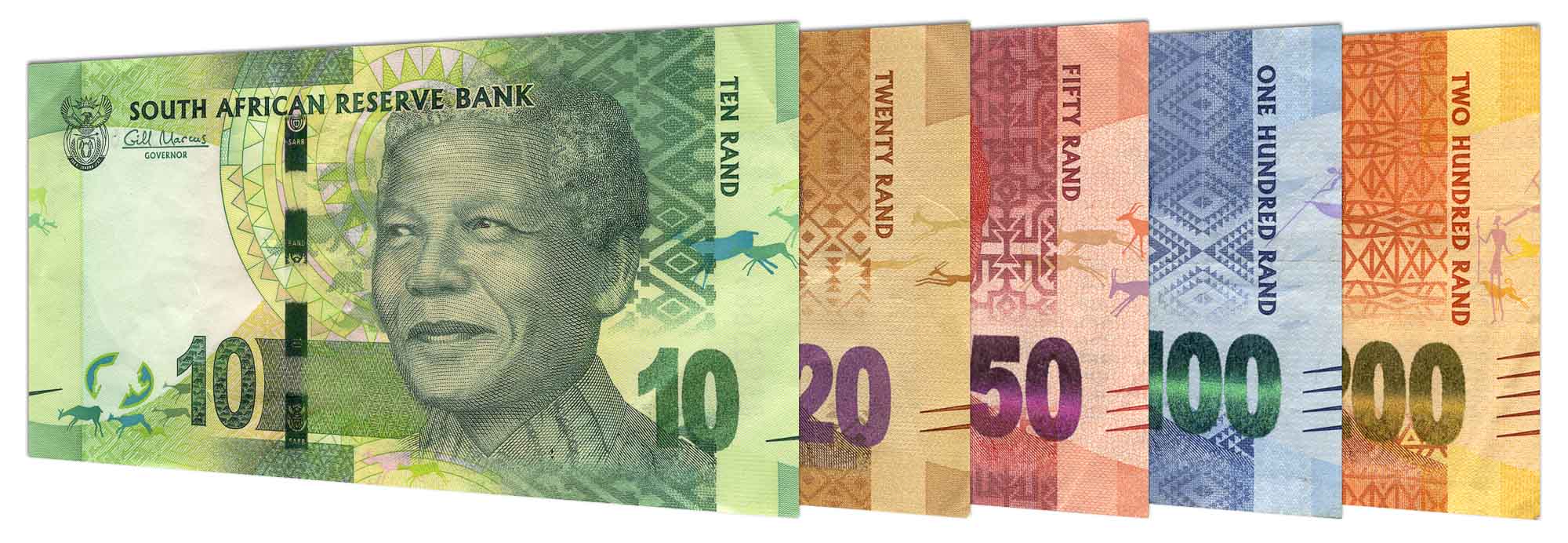
The Rand consists of 100 cents. The currency of South Africa is available in coins and banknotes.
Banknotes
As of 2025, the latest series of banknotes features images of Nelson Mandela, South Africa's most iconic leader. The notes come in the following denominations:
These are colour-coded and incorporate advanced security features such as watermarks, colour-shifting ink, and holographic strips.
Coins
The coins in circulation include:
10 cents
20 cents
50 cents
R1
R2
R5
South African coins often feature indigenous animals, such as the springbok or kudu, adding cultural flair to the currency.
Currency of South Africa in Forex Trading
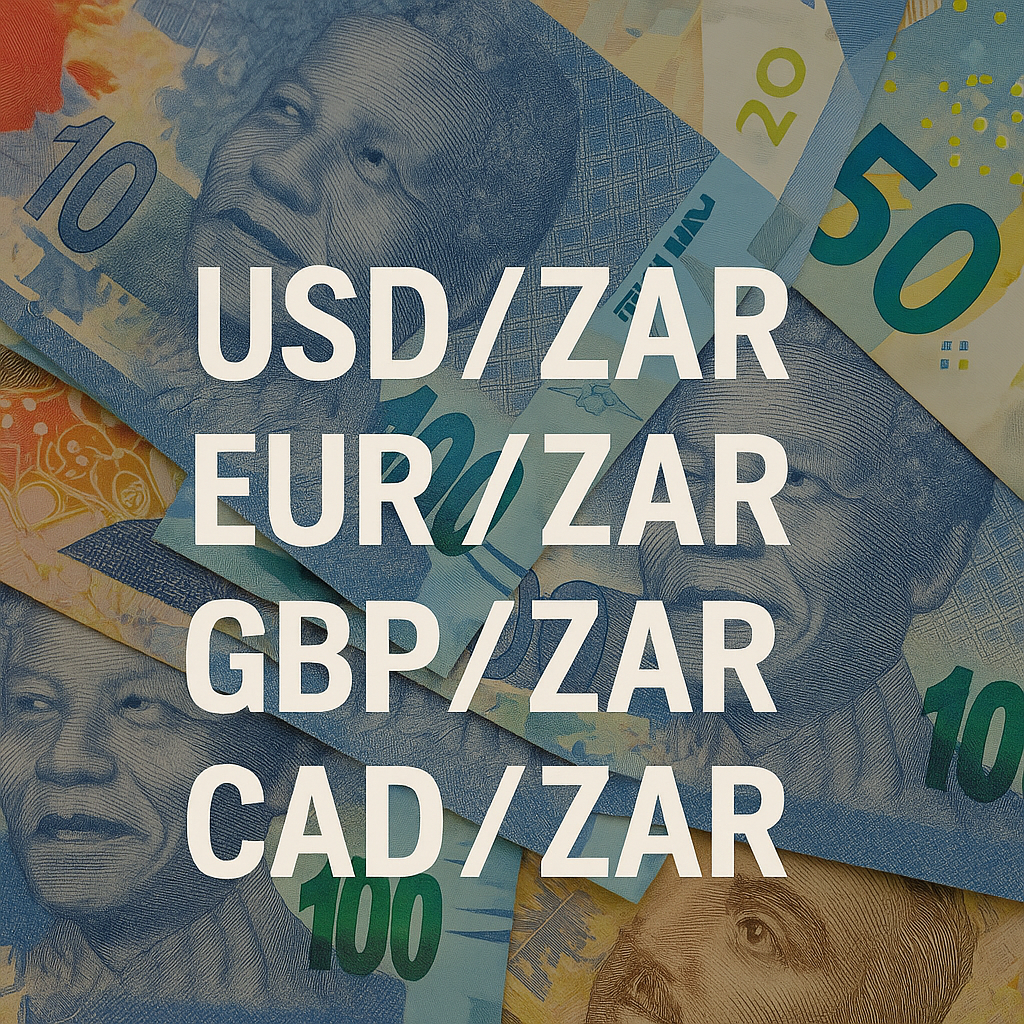
The South African Rand is one of the most traded currencies in Africa, and it is frequently paired with major global currencies.
Popular ZAR Currency Pairs
USD/ZAR – U.S. Dollar vs Rand
EUR/ZAR – Euro vs Rand
GBP/ZAR – British Pound vs Rand
ZAR/JPY – Rand vs Japanese Yen
USD/ZAR is the most liquid pair and is often used to gauge South Africa's economic health.
Trading Characteristics
High Volatility: ZAR pairs frequently experience significant price fluctuations because of political updates in commodity values.
Attractive Spreads: Although the spreads are broader than those of G7 currency pairs, they still appeal to traders seeking exotic options.
Interest Rate Differentials: South Africa typically has higher interest rates compared to developed economies, making carry trading strategies possible.
Traders must exercise caution when leveraging ZAR pairs due to their daily volatility.
ZAR's Role in the Southern African Region
The Rand is not only used in South Africa but also serves as legal tender in several neighbouring countries, including:
Namibia
Lesotho
Eswatini (Swaziland)
These countries use either the Rand itself or peg their national currencies to it at a 1:1 ratio. It makes the Rand an important regional currency, facilitating trade and investment flows within Southern Africa.
In addition, many South African companies operate across Africa, making the Rand a de facto business currency in multiple markets.
How to Trade ZAR in Forex

Choosing a Broker
Select a regulated forex broker offering competitive spreads and access to ZAR pairs. Many global platforms, such as EBC, now support trading in exotic currencies like the ZAR.
Technical and Fundamental Analysis
Technical indicators such as moving averages and Bollinger Bands are useful in volatile pairs like USD/ZAR. On the fundamental side, pay close attention to:
Economic Calendar
Monitoring scheduled events is crucial. Use a trading calendar to keep track of:
The Future of the South African Rand
Looking ahead, several trends may shape the value and use of the ZAR:
Digital transformation: The SARB has investigated the possibility of introducing a central bank digital currency (CBDC). It could streamline cross-border payments and improve financial inclusion.
Green transition: With the nation's shift to renewable energy, variations in coal exports could lessen and diversify the economy's dependence on commodity cycles.
Increased foreign investment: South Africa remains attractive due to its financial infrastructure, banking system, and growing middle class.
Nonetheless, the country must address issues such as power shortages (load shedding), public debt, and social inequality to ensure lasting currency stability.
Conclusion
In conclusion, the South African Rand (ZAR) is more than just a medium of exchange—it's a reflection of the country's economic health, political landscape, and global trade dynamics.
For traders, the Rand offers a rich mix of opportunity and risk, with its ties to commodities, high interest rates, and regional influence.
Disclaimer: This material is for general information purposes only and is not intended as (and should not be considered to be) financial, investment or other advice on which reliance should be placed. No opinion given in the material constitutes a recommendation by EBC or the author that any particular investment, security, transaction or investment strategy is suitable for any specific person.
